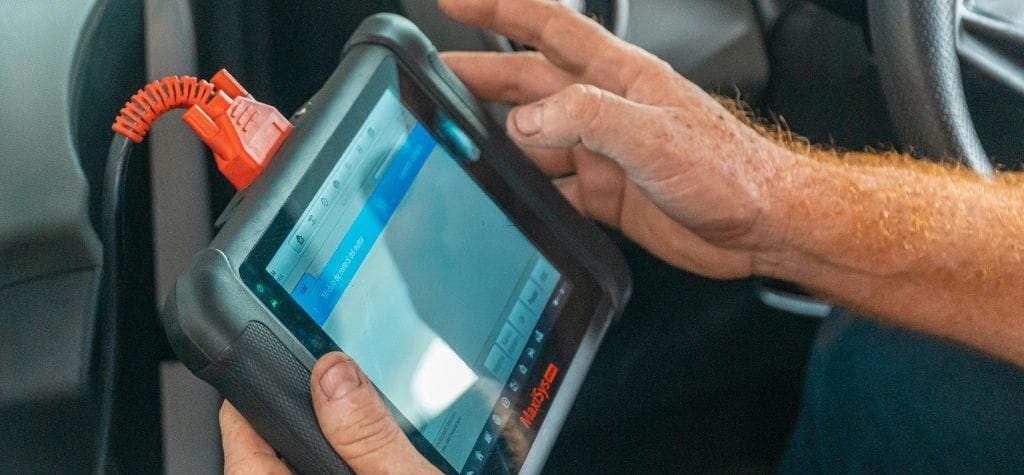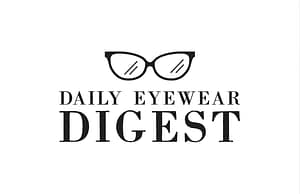The Growing Intersection of AI and Eye Care

Artificial intelligence (AI) is reshaping medicine—and nowhere is this more exciting than in eye care. From streamlining diagnostics to expanding access in rural areas, AI is revolutionizing how we detect and manage vision-related diseases.
With nearly 1 billion people worldwide suffering from preventable vision impairment, the need for fast, accurate, and scalable solutions is urgent. Enter AI: capable of analyzing thousands of eye scans in minutes, flagging issues faster than ever before.
What Makes the Eye an Ideal Target for AI Diagnosis?
The eye isn’t just a window to the soul—it’s a data-rich organ that reveals early signs of both vision and systemic health problems.
Why AI Loves Eyes:
- High-resolution retinal scans offer detailed visual data.
- OCT and fundus images reveal microvascular changes.
- Eye scans can detect signs of diabetes, hypertension, and stroke—sometimes before symptoms appear.
And because eye exams are non-invasive and quick, AI has the perfect testing ground.
How AI Detects Eye Diseases Faster Than Humans
AI doesn’t get tired. It doesn’t miss subtle changes. It doesn’t need lunch breaks.
How It Works:
- AI is trained using millions of retinal images.
- Algorithms detect patterns, textures, and abnormalities invisible to the human eye.
- Some tools now predict disease progression and offer real-time risk scores.
In trials, AI has identified diabetic retinopathy and glaucoma with over 90% accuracy—often in under 60 seconds.
AI vs Human Ophthalmologists: Complement or Competitor?

Some fear AI will replace doctors. But in reality, it acts more like a supercharged assistant.
Key Differences:
- AI excels at repetition and speed.
- Human doctors bring context, empathy, and judgment.
- Combined, they deliver more accurate, faster, and scalable care.
Think of AI as the first pass—flagging issues so doctors can focus where it matters most.
Diseases AI Can Detect Through Eye Imaging
AI is being trained to diagnose an expanding list of eye and systemic diseases:
| Disease | How AI Helps |
|---|---|
| Diabetic Retinopathy | Detects early vascular damage in retina |
| Macular Degeneration | Identifies drusen and retinal thinning |
| Glaucoma | Tracks optic nerve changes and pressure risk |
| Hypertension | Spots changes in retinal blood vessels |
| Stroke Risk | Analyzes vascular abnormalities in real-time |
Even heart conditions and Alzheimer’s disease show early signs in the eye.
The Role of Retinal Scans in Predictive Medicine
AI-powered retinal imaging is emerging as a predictive tool, not just diagnostic.
Tools Used:
- Optical Coherence Tomography (OCT): Provides 3D retina scans.
- Fundus photography: Captures the eye’s back surface.
- AI uses these to forecast future health risks—from heart attacks to cognitive decline.
This marks a shift from treatment to prevention-based eye care.
How Google, IBM, and Startups Are Driving AI Eye Tech

Big Tech is betting big on the eye:
- Google DeepMind: Built algorithms that outperform humans in retinal disease detection.
- IBM Watson: Assists doctors in integrating AI into clinical workflows.
- Startups like Eyenuk and RetinAI: Offer plug-and-play platforms for eye hospitals.
These companies are not just building tools—they’re reshaping the entire patient journey.
Real-World Case Studies of AI Eye Screenings
AI isn’t stuck in labs—it’s already in the field:
- India: AI screening programs reduced blindness risk in diabetic populations by 50%.
- Sub-Saharan Africa: Mobile AI kits detect eye disease in underserved regions.
- UK and US: Trials show improved diagnosis speed and accuracy in primary care.
AI is particularly impactful where eye specialists are scarce.
Benefits of AI in Eye Care for Patients and Doctors
| Benefit | Impact |
|---|---|
| Faster Diagnosis | Reduces wait times from weeks to minutes |
| Cost Efficiency | Cuts need for repeat exams |
| Accessibility | Brings eye care to rural and low-income areas |
| Consistency | Minimizes human diagnostic errors |
In short: AI empowers doctors, accelerates care, and saves sight.
Challenges Facing AI Eye Tech Adoption
Despite its promise, AI in eye care faces hurdles:
- Privacy concerns over patient image data.
- Bias in training sets if not diverse enough.
- Regulatory delays in approving clinical use.
Until integration with electronic health records improves, adoption will be uneven.
Ethical Questions in AI Diagnostics

Who’s responsible if an AI misdiagnoses a condition?
Ethical dilemmas include:
- Informed consent for AI-driven exams
- Accountability in error cases
- Transparency of decision-making algorithms
As AI becomes more autonomous, ethical frameworks must evolve with it.
Future Trends: Will AI Replace Eye Exams Entirely?
Unlikely—but it may replace the first-level exam.
Emerging trends:
- Home-based retinal scanners for routine checkups
- AI integrated with wearables and AR glasses
- Full tele-ophthalmology suites powered by real-time AI feedback
The future eye exam might happen without a clinic visit.
How You Might Experience AI in Your Next Eye Exam
Already, some clinics use:
- AI assistants to screen images before your doctor sees them
- Apps for vision monitoring and reminders
- Portable diagnostic devices connected to AI systems
You may not even know AI is behind your exam—but it likely will be.
Expert Opinions on AI in Ophthalmology
“AI doesn’t replace doctors—it elevates them.”
Dr. Pearse Keane, Moorfields Eye Hospital
“We are moving from reactive to predictive medicine, and the retina is our map”
Dr Lily Peng Google Health
Most professionals see AI as a partner, not a threat.
FAQs on AI in Eye Disease Prediction
Q1: Is AI as accurate as a human eye doctor?
A: In many cases, yes. AI matches or exceeds accuracy in diabetic retinopathy and macular detection.
Q2: Is it safe to trust AI with my vision?
A: AI is reviewed by experts, but it’s best used alongside human doctors for now.
Q3: Will I need special equipment for an AI exam?
A: No—many AI systems use standard imaging devices already in clinics.
Q4: How does AI know if I have a disease?
A: It compares your scans to millions of known examples to find early patterns.
Q5: Can AI predict other diseases through the eye?
A: Yes—heart disease, diabetes, and even early cognitive decline.
Q6: Where can I find AI-powered eye exams?
A: Leading eye centers and hospitals increasingly use them; ask your optometrist.
Conclusion: A Clearer Future with Smarter Vision Tech
AI in eye care isn’t science fiction—it’s happening now. With the power to detect disease earlier, faster, and more affordably, this tech is transforming how we protect our vision.
By embracing AI, we unlock a future where sight loss is no longer inevitable—but preventable.

